
figurative language anchor chart
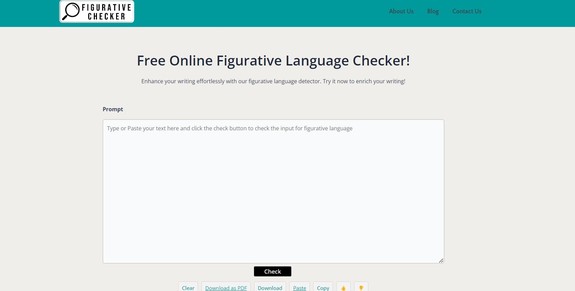
DESCRIPTION:
This chart shows a simple guide to common types of figurative language in writing and speech. It helps students see and get how writers use these tools to add meaning and make strong images.
1. Simile
Definition: A way to compare two different things using "like" or "as."
Example: "Her smile was like the sun."
2. Metaphor
Definition: A direct comparison between two different things without "like" or "as."
Example: "Time is a thief."
3. Personification
Definition: Giving human traits to things that are not human.
Example: "The wind talked softly through the trees."
4. Hyperbole
Definition: A big stretch of the truth for effect.
Example: "I've told you a million times!"
5. Onomatopoeia
Definition: A word that sounds like what it means.
Example: "The bees buzzed in the garden."
6. Alliteration
Definition: The same sound at the start of words close to each other.
Example: "Peter Piper picked a bunch of pickled peppers."
7. Idiom
Definition: A saying that means something different from the words used.
Example: "It’s raining hard."
8. Oxymoron
Definition: Two opposite words used together.
Example: "Bittersweet memories."
9. Symbolism
Meaning: Using an object, person, or event to stand for something beyond its true meaning.
Example: "A dove often stands for peace."
10. Allusion
Meaning: A mention of a famous person, event, or story.
Example: "He’s a true Romeo with women."
This chart can help in the classroom to boost students' grasp of figurative language and how it improves both writing and speaking.
Tell me if you need any ideas for pictures or designs for this chart.


 Nano Banana AI — AI Image Generator & Editor
Nano Banana AI — AI Image Generator & Editor
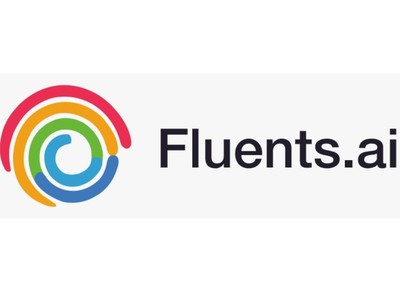
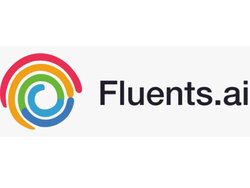 Fluents
Fluents

 pi-square
pi-square
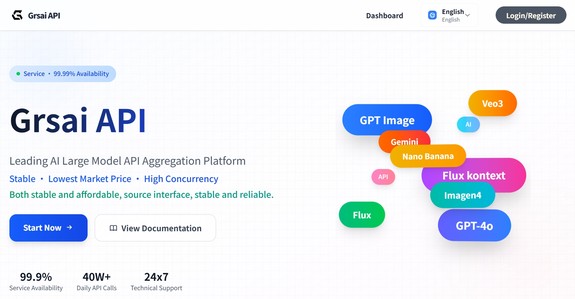
 GrsAi
GrsAi

 X-Faces
X-Faces
 Saxon AI
Saxon AI
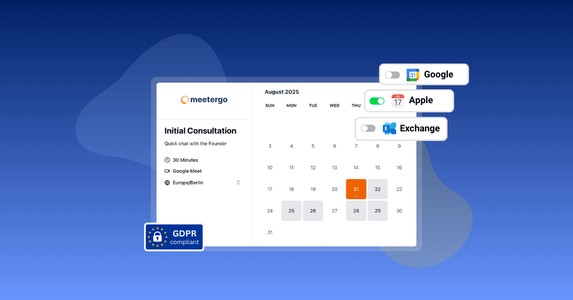
 meetergo
meetergo
No comments yet.